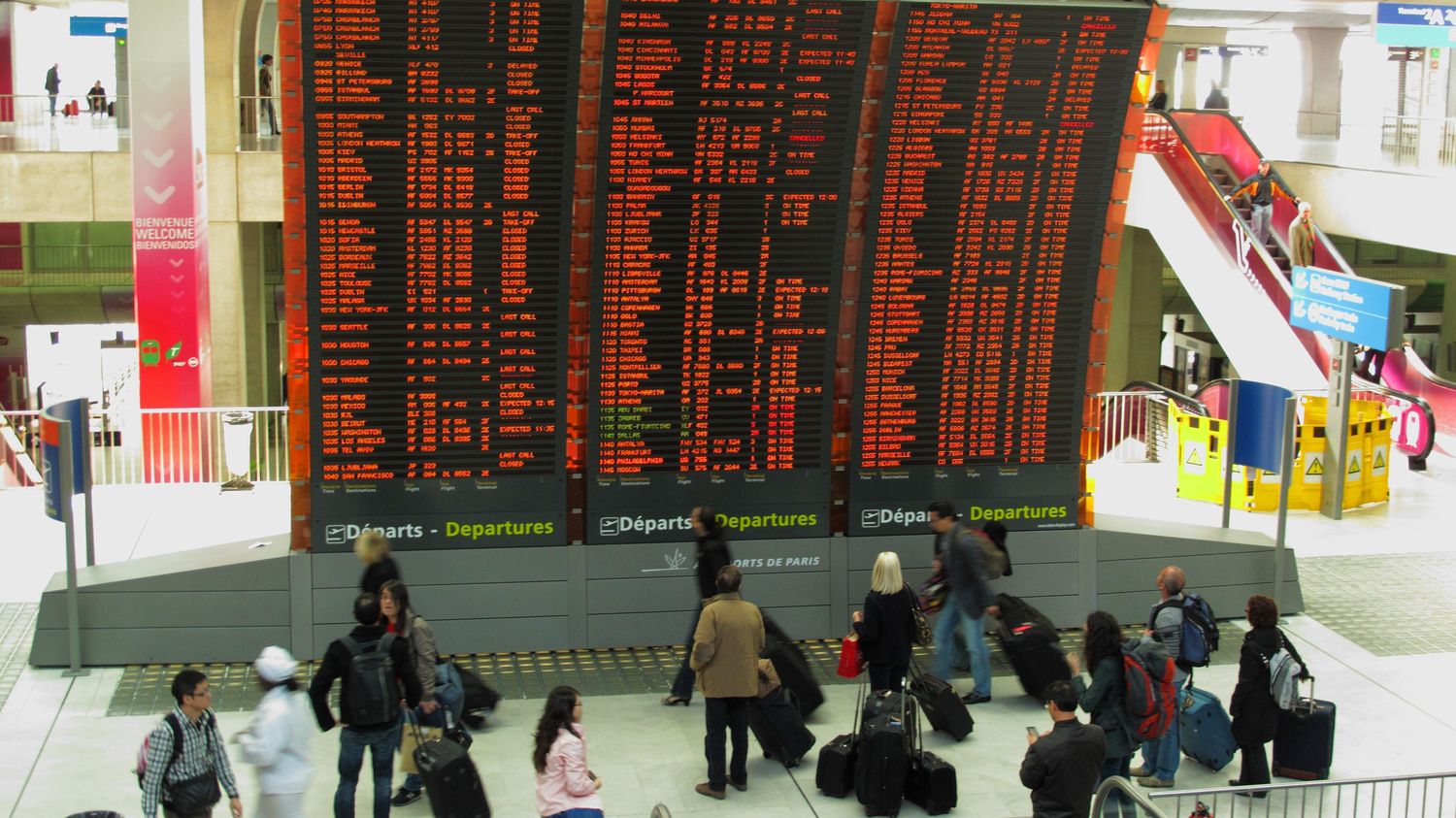Where in an airport are you most at risk of catching a virus carried by another passenger? An international team of researchers has just found the answer using a mathematical model.
Scientists from the‘National Institute of Health and Medical Research (Inserm), Sorbonne University, helped by Spanish and Italian colleagues, took as a model Heathrow airport in London, one of the busiest in Europe.
>> “We came close to a mid-air collision”: when a private jet fails to cause an air disaster
The result is clear: it is not the corridors, the counters, the baggage control areas, all these places where there is the greatest number of travelers that are the most risky, but the places where you stay motionless for some time. In other words, above all, restaurants, shops and waiting rooms before boarding. Areas that ultimately cover only 2% of the airport’s surface.
They were able to achieve this result thanks to the help of GPS data from mobile phones, they cross-referenced the movements of 200,000 travelers and employees within the airport (with the details of each person’s journeys to within 10 m). They combined this with virtual profiles of passengers with Covid-19 or H1N1 flu, passengers who could release respiratory droplets around them, that’s how they were able to detect the places where the risks of contagion are the strongest.
To prevent epidemics
Another very useful lesson, these researchers have also established that by decontaminating only the 2% of spaces most at risk, for example with air filtration or surface decontamination, it is possible to reduce 40 to 50 % the risk of having a secondary case of H1N1 or Covid-19, following a first case imported into the airport.
The good news is that we can generalize this model to all airports in the world, explained Mattia Mazzoli, one of the Inserm researchers who has been working on the subject for more than five years – so well before the Covid-19 – is that by adapting their model to the flow of people and the spatial configuration of other places of transit such as other airports, stations, or shopping centers. It is possible to locate each time the areas at risk of contamination. This model could therefore be particularly useful in the very early stages of an epidemic.
